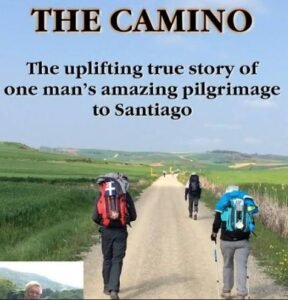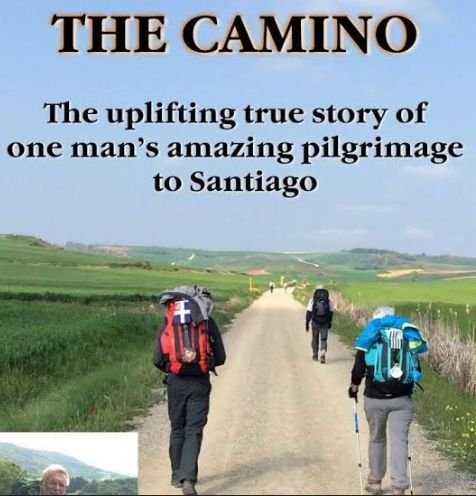What I Realized After Walking the Camino: The Things I Shouldn’t Have Worried About

Walking the Camino de Santiago, or the Way of St. James, is an experience that challenges both the body and the mind. For anyone considering undertaking this journey, there are countless questions, concerns, and fears that tend to arise beforehand. I too found myself plagued with doubts and worries before embarking on the Camino. However, upon completion of the pilgrimage, I was left with a profound realization: many of the things I had worried about were not only unnecessary but irrelevant to the deeper experience of the journey.
One of the first things I stressed over was the physical challenge of the walk. The Camino is not a leisurely stroll, and walking hundreds of kilometers over a span of weeks is undoubtedly demanding. I worried about the fatigue, the sore muscles, the blisters, and whether or not my body would be able to handle such a long journey. However, once I began walking, I quickly learned that my body was far more resilient than I had given it credit for. Yes, there were tough days—days when my feet ached, and my muscles screamed for rest—but there was also an unexpected rhythm and a flow that developed over time. The body adapts, and with each passing day, I grew stronger, more accustomed to the routine. In the end, the physical strain was not as intense as I had imagined, and the discomfort was a temporary part of the journey, not the defining feature.
Another concern that loomed large in my mind was whether I would be able to complete the walk in its entirety. The Camino is traditionally a long journey, stretching from the south of France to Santiago de Compostela in Spain, though many people choose to walk only a portion of the route. I wondered whether I would be able to keep pace with others, if I would fall behind, or if I would run out of energy before reaching the end.
To my surprise, the Camino is a journey that can be tailored to each individual. People walk at different speeds, take breaks as needed, and progress at their own pace. The pressure to compete or keep up with others was entirely self-imposed. In reality, everyone is walking their own journey, and the experience of the Camino is uniquely personal. As long as you keep moving, it doesn’t matter how long it takes, and that was a valuable lesson I had to learn through experience.
Along with physical concerns, I had also worried about my ability to meet people along the way.
The Camino is renowned for its sense of community, where pilgrims from all over the world come together for a shared purpose. Yet, I feared that I might feel isolated or not connect with others. I worried about my social skills and whether I would be able to bond with fellow walkers.
What I discovered was that the Camino offers a unique environment for connection. Shared experiences, mutual support, and the daily rituals of walking side by side foster natural bonds. I was surprised by how quickly strangers became friends, how we exchanged stories, food, and encouragement. The communal aspect of the Camino exceeded my expectations in every way.
Another worry that consumed me was the question of purpose. What if I couldn’t find meaning in the journey? What if I didn’t experience the profound epiphanies that so many pilgrims speak about? I was concerned that I might fail to achieve a sense of spiritual fulfillment or personal growth. But the beauty of the Camino lies in its subtlety.
There are no expectations of enlightenment, and there is no prescribed way to experience it. The meaning of the journey unfolds gradually, sometimes in unexpected moments. It could be in the quiet contemplation during the early morning hours, in the camaraderie of a shared meal, or in the serene beauty of the landscape. It was not about reaching a singular, life-altering moment but rather about embracing the journey itself.
Lastly, I worried about the logistics: the planning, the accommodations, and whether I would have everything I needed. Would I have enough food? Was my pack too heavy? Would I be able to find a place to stay every night? But as I walked, I realized that the Camino has been well-established for centuries, and all the infrastructure you could need is in place. Pilgrims are always taken care of, and there are more than enough resources along the way to ensure that you never go without. As long as you stay open to what the journey offers, the Camino provides. The stress I had placed on perfect planning was unnecessary.
In conclusion, walking the Camino de Santiago was an experience that taught me that much of the worry I had before the journey was misplaced. The physical challenges, the concerns about pace, social interaction, personal growth, and logistical details were all things that, in the end, took care of themselves. The journey, in its essence, is about surrendering to the process and trusting that the Camino will guide you where you need to go. The true value of the pilgrimage lies not in avoiding hardship, but in embracing it and letting go of the fears that initially held me back. The Camino is not a test of endurance or strength; rather, it is a test of letting go and discovering the deep, inherent wisdom of simply walking.
